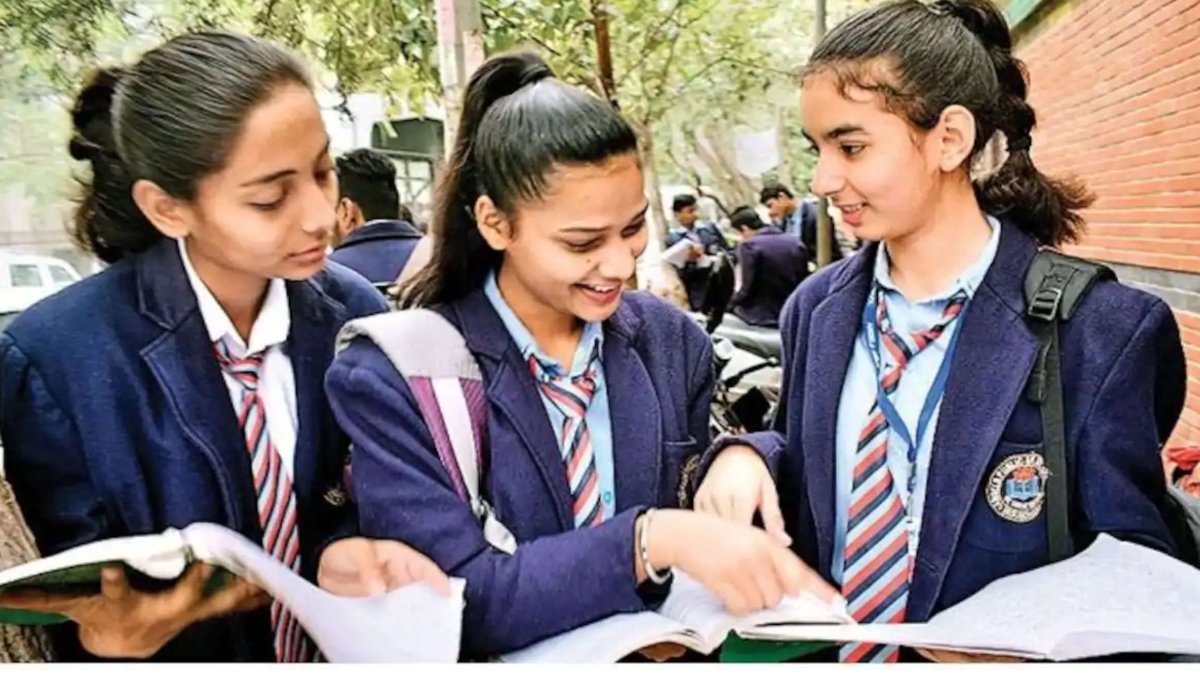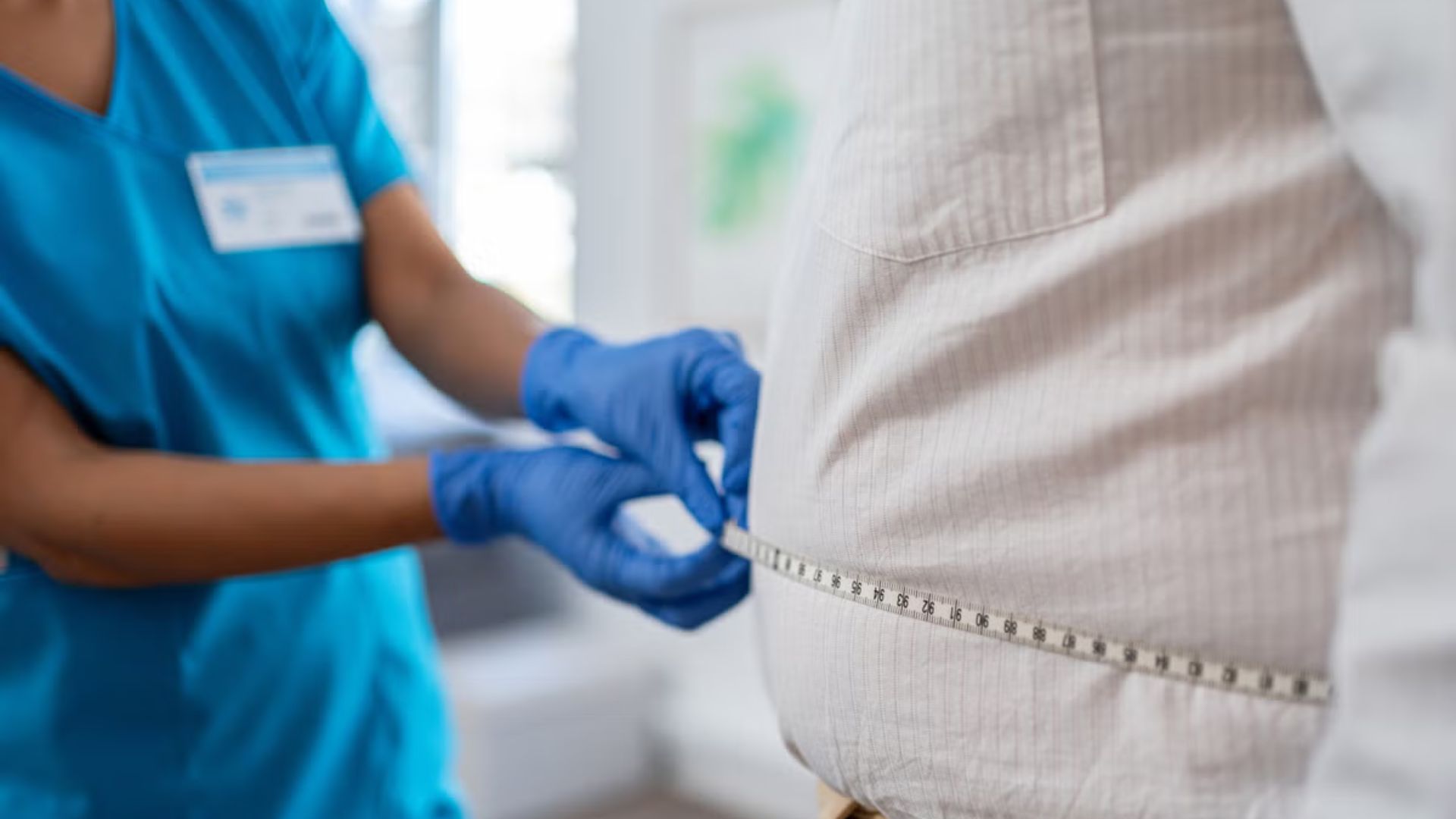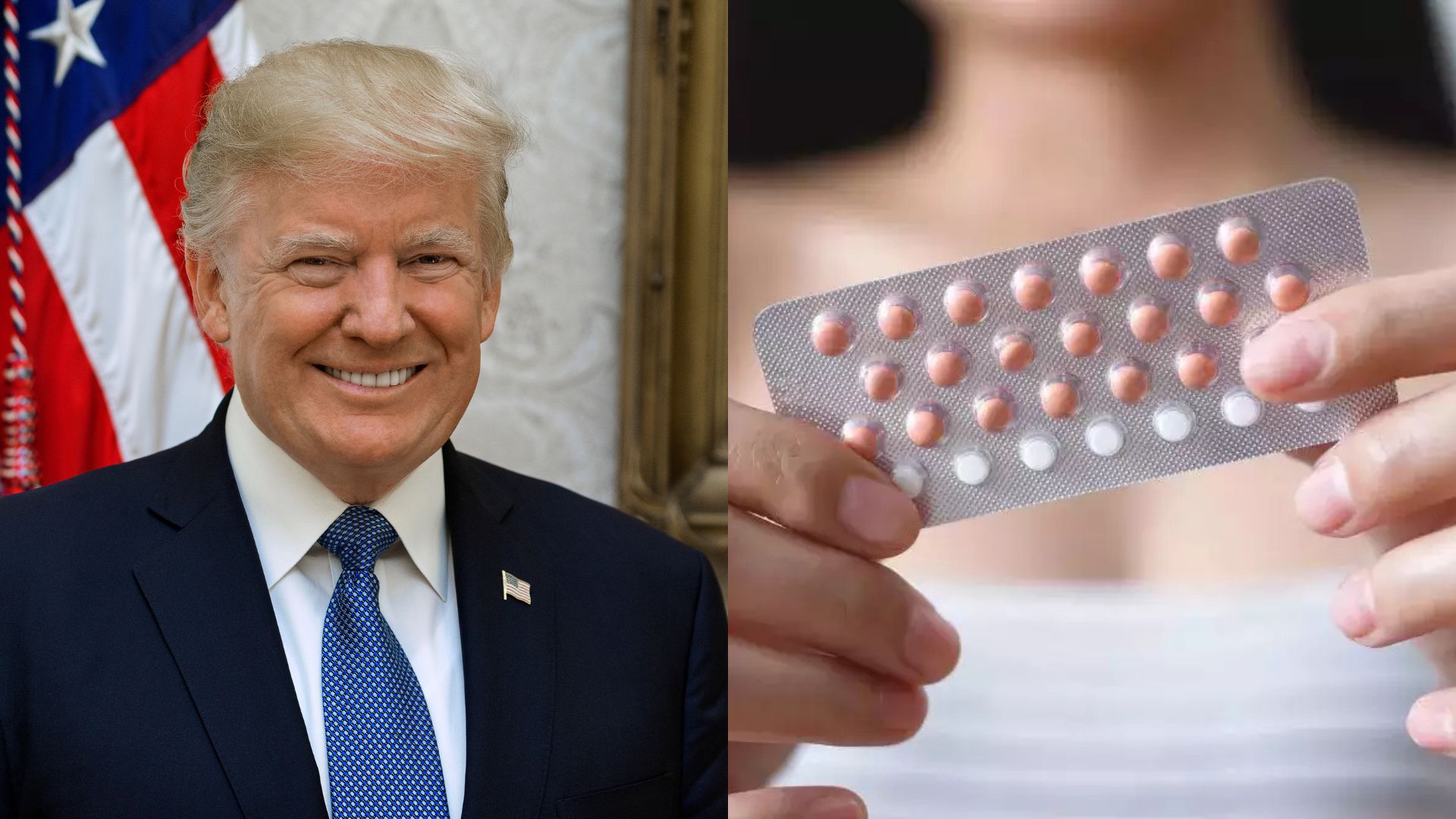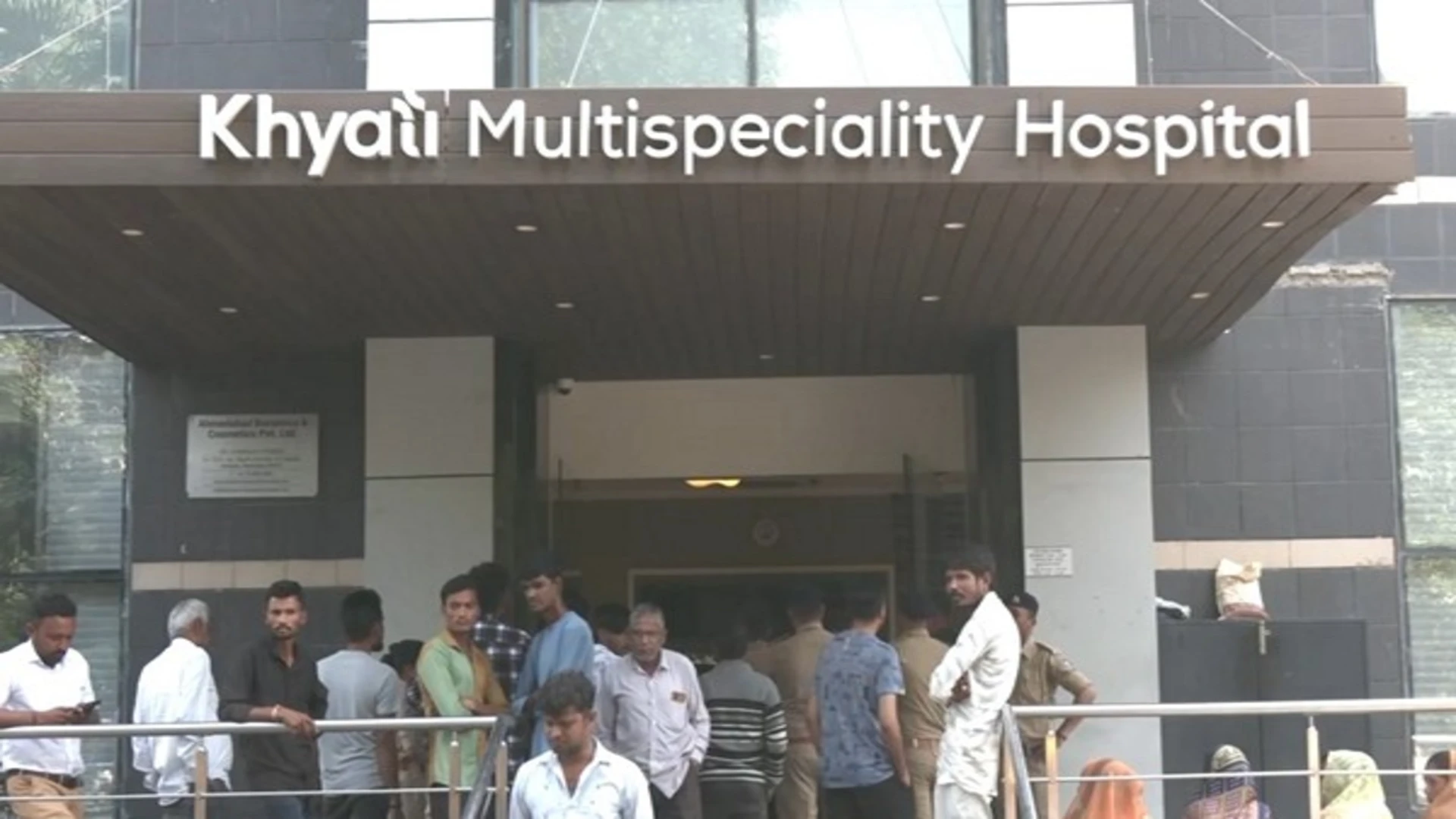
The growth of higher education has to be synchronous with the school education in the long run. Although well recognised, it needs to be reiterated that the growth of education in most of the developing societies shows commensurate progress across elementary, secondary and post-secondary sectors of education. It has been substantiated through a number of longitudinal studies conducted across the globe. However, there seems to be some incongruity insofar as transition rates in Indian school system are concerned. It requires a whole series of corrective measures as it has serious policy implications for higher education in the country. One of the serious shortcomings of the Indian education system is the lack of linkage across different sectors of education. They have been working in isolation for long as if they have nothing to do with each other. Of them, the higher education sector is primarily responsible for this malaise as it has failed in providing desired level of academic support to its feeder sectors.
It is quite perplexing to find declining trends in transition rates across different sectors, while there is an upward trend in enrolment. Transition rates seem to be moving on a sliding scale as is evident from 2018-19 data. While the transition rates from primary to upper primary and from elementary to secondary are found to be 91 and 90 respectively, it is as low as 69 from secondary to higher secondary. An analysis of the District Information System for Education (DISE) data over a period of five years from 2014-19, reveals another kind of incongruity in transition rates across different sectors of school education. While it shows declining trends from primary to upper primary and elementary to secondary for three consecutive years in a row from 2015-18, a similar trend is seen only for a year (2016-17) in the case of secondary to higher secondary. If we are to attain 50% Gross Enrolment Ratio (GER) in higher education within 2030, as envisaged in the National Education Policy (NEP), 2020, then it is necessary to ensure commensurate upturn in transition rates across all sectors of school education.
The declining trends of transition rates at school stage would continue to be the main impediments, if not addressed through academic interventions at school stage, to the overall growth of higher education. There are multiple reasons for these declining trends which need to be appreciated and appropriately addressed by the university system in a time bound manner. It is vital to understand that when students transit from one stage to another stage or change classes within or between schools, their teaching and learning are invariably calibrated in accordance with the intended learning outcomes. Some of the critical factors like acclimatisation of students with unacquainted ambience, their social and emotional adjustments are not given as much attention as they deserve. It is primarily because these aspects are not adequately addressed in our teacher training programs.
These problems get accentuated as students move upward because of the load of curriculum and lack of individualised instructions. It not only makes a negative impact on their learning but also affects their ability to withstand the academic pressure and the test of time leading to continuous decline in transition rates in all subsequent stages of education. There are also other factors like socio-personal, academic attainments, average annual dropout rates that contribute to declining trends. With an average annual dropout rate of about 17%, at secondary stage, the transition rate from secondary to post-secondary is going to be much less than the number of places available at that stage. Furthermore, all those who would graduate might not make the cut to higher education due to a variety of reasons like poor marks, fierce competitions, limited seats, financial constraints and several other family obligations.
It is evident that we are losing out a large number of learners at every stage of education and which is why we have been still struggling with the universalisation of elementary education, let alone universalisation of twelve years of schooling. Global experience shows that transitions are more successful in those schools where teachers ensure seamless learning by way of preventing vulnerable students from their disengagement with learning. Since there is an acute shortage of such schools in the entire country, urgent measures need to be taken to ensure seamless learning right from lower primary to senior secondary, without which it would not be possible to realise the goals that have been set in the NEP, 2020. This obviously requires, among others, policy interventions at the level of teacher preparation.
Transition rates across different stages of education can be improved substantially if institutions persistently focus as much on students’ adjustments and acclimatisation as on academic attainments. They need to proactively address curricular as well as social and personal issues of vulnerable students who would predominantly be from marginalised groups of the society. The curricular areas at school stage provide a feeder to the knowledge domains in higher education. Such disciplines, having poor enrolments at the school stage, need to be strengthened to improve the quality and intake in such disciplines so that the higher education system does not remain starved for want of appropriate intakes in those subjects of study. This would of course require proper attention and linkage between school education and higher education which is presently not as appreciable as it ought to be.
Interdisciplinary approach to education is a catchword expressing the reality of higher education in the current context. This orientation to education needs to be attempted through curriculum reforms at secondary education by avoiding insularity of subject disciplines. The current tendency of independent streams like science, commerce, humanities, medical and non-medical need to be merged in such a way that the students can choose from amongst various subjects which cut across physical sciences, biological sciences, social sciences and mathematics. This would require a revisit to curriculum practices at the secondary stage which is generic to orientation to higher education. This is going to help improve the transition rates across different stages of school education. But these curricular changes cannot be accomplished without the active participation of eminent experts from higher education.
Higher education needs to come forward in a big way to improve the quality of school education in general and secondary education in particular. This can be done, among others, by organising continuous professional development programmes for school teachers in different subjects by the higher education system. School teachers need to be familiarised with the developments in curricular areas so that their focus remains on ensuring that nothing is taught which has to be unlearned at the higher education stage. It needs to be noted that major curriculum development projects which have influenced school education all over the world have emanated from the campuses of higher education institutions. This approach has also been instrumental in improving the quality of school education and that in-turn has provided a much better foundational edifice for curriculum reforms even at the higher education level. The higher education system in India is presently insulated from the school education sector in this regard and the gap that exists needs to be bridged through this strategy.
University departments in education, sciences, and social sciences need to generate innovations in pedagogy in the curricular areas of school education so that such an output provides a face-lift to teacher education which is so very vital for the overall qualitative improvement of both school and higher education. Another priority concern in education in the current context is Vocational Education and Training (VET) leading to skills development. Secondary education pass-outs should be one of the feeder streams to the vocational courses at the higher education level, at least in some areas, and it should also provide vertical mobility. Therefore, vocational education at the school stage needs to be strengthened. The present picture is not very encouraging and in its present form it is not going to provide vocational orientation to higher education which is the need of the hour.
There is a need for strengthening certain academic reforms such as semesterisation, choice-based credit system, comprehensive internal evaluation at school stage for the purpose of improving transition rates from school education to higher education. The present position indicates a lot of confusion and lack of will to implement such reforms even at the higher education stage in several universities. Another significant aspect that requires urgent attention is the reform at the level of teacher education. The Education Commission (1964-66) had made a significant recommendation of bringing teacher education for all stages of school education under the umbrella of the university system. This was done to provide a very vital interface between school education and higher education for a holistic and qualitative development of school education. This recommendation has not been implemented thus far. Perhaps the idea can be put to some scholarly discourse now to analyse the implications and possible strategies for realising the objectives in the larger interest of both the school and higher education.
India has the largest system of higher education in terms of number of institutions. But there is hardly any institution of higher learning, except the NCERT, which institutionalised the culture of active engagement with schools. The time has come when higher education institutions across the country should take proactive steps to improve the quality of school curriculum, pedagogical processes, assessment techniques and continuous professional development programmes. They should also undertake action research to improve academic attainments, organise motivational lectures, science exhibitions, summer schools and summer camps to improve the overall quality of school education without which Indian higher education will continue to remain woefully deficient both in quantity and quality.
The writer is former Chairman, UGC. The views expressed are personal.















